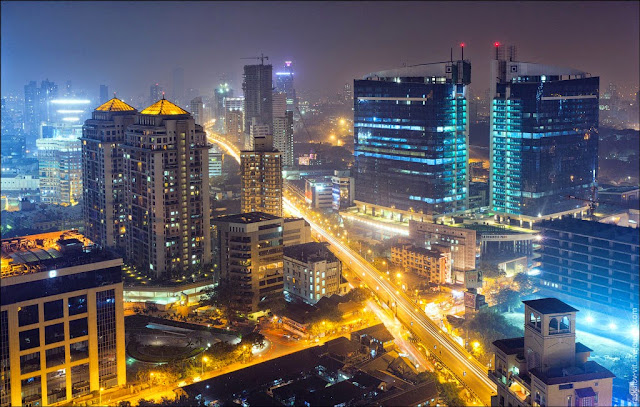With the changing times, priorities of today’s aspirational India have changed. Let’s start with the most amazing question. WHAT DO YOU REALLY WANT TO DO? A 23-year-old me would want to do an epic road trip from Mumbai to Tawang before I turn 25. A 30-year-old would plan to spend a week on privately owned island luxury resort in Seychelles.
Life is full of surprises and adventure. People inspired by the idea of new adventure may be interested in bungee jumping, surfing or rock climbing. With an advent of globalisation, people are looking for satisfaction beyond settling down in life.
Life coach experts believe that one should plan strategically and focus on realistic goals. Activities like adventure tourism, world travel, international executive educational degrees, destination wedding have become equally important when compared with a steady job or family-run business. As life has evolved, so have the life goals.
To achieve all of your #LifeGoals, one needs to systemically plan his/her financial investments. That way, you will always get what you want. With sound financial planning and sound financial investments, life maximisers can get maximised benefit from their investment.
To achieve life goals which you will cherish for the rest of your life, one needs to think beyond the regular savings approach. The mix of security and long-term return investments could easily beat inflation and help you maximise your savings. This is where ULIPs stand apart as the perfect investment product.
ULIPs or Unit Linked Insurance Plan is a long-term investment plan that offers the combined benefit of investment and insurance. These plans invest a portion of your premium in capital markets and allow you to invest in debt, equity or balanced funds depending upon market conditions or your risk appetite. To mobilise the best of your hard-earned money, capital market investments under ULIPs are managed by experts who can maximise your investments according to the market conditions. ULIPs bring a modern-day approach towards insurance investing.
Bajaj Allianz, one of India’s leading private insurer has launched value-packed goal-based ULIP. Bajaj Allianz Life Goal Assure, a one-of-its-kind ULIP, has been designed to provide investment benefits and life cover to life maximisers, the new generation of investors in India.
Bajaj Allianz Life Goal Assure has two unique benefits that are one-of-theirs-kind for ULIPs in India. One of the key features is Return of life cover. This feature of Bajaj Allianz Life Goal Assure guarantees that the policyholder will get back the cost of life cover when the policy matures, thus enhancing the value of their corpus on maturity. Furthermore, for those who do not opt for one-time lump-sum maturity benefits, the Return Enhancer feature of this plan offers 0.5% additional returns on periodic instalments over the period of five years. During this period, the customer's fund value will continue to participate in funds of his or her choice.
In addition to these features, Bajaj Allianz Life Goal Assure offer value-packed benefits like Fund Booster, wherein an additional fund-value amount is added on the date of maturity. For long-term investments above Rs 5 lakh annually for more than 10 years, loyalty additions are added to the fund value as a reward for paying premiums regularly and staying invested in the policy. There are also options to decrease sum assured, change Premium payment terms and unlimited free switches between funds for return maximization. Investors should also note that investments in ULIPs enjoy tax benefits under Section 80C and 10(10D).
Finally, one must also look at the legacy of Bajaj Allianz Life’s fund performance. The company has a reliable company portfolio which has consistently delivered one of the best CAGR returns, breaking benchmark indices over a long-term horizon of three, five and ten years. Most of the ULIP funds from Bajaj Allianz Life Insurance enjoy high performance rating from the coveted Morning Star ratings agency.
People who constantly on-the-go can visit Bajaj Allianz Life Insurance official website. The revamped website is designed to guide customers through every step of their Life-goal planning and purchase. Dream big, stay invested and achieve your #LifeGoals.
- Chaitanya Kulkarni










